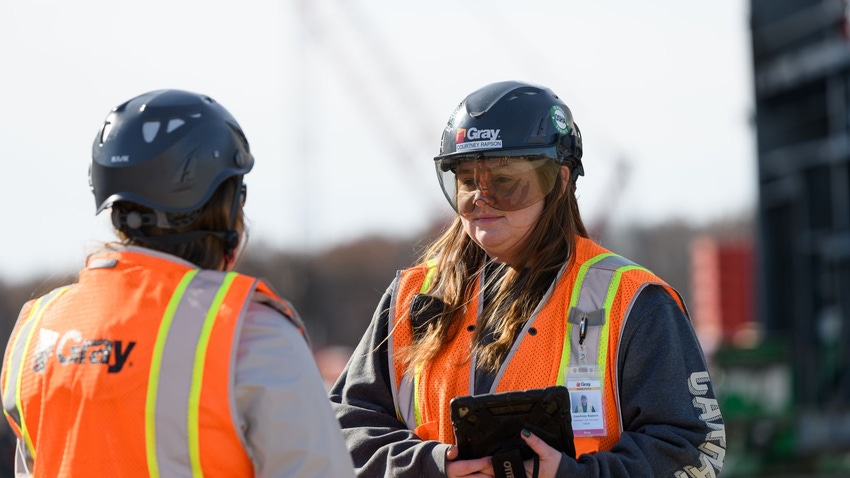Contractors Swapping Hard Hats for Helmets
Increasing availability and better protection have made helmets the new standard for major construction companies.
July 5, 2023

Construction Dive
Hard hats are synonymous with construction. From emojis to motivational posters to icons like Bob the Builder, the quickest way to identify construction workers has been via their brightly colored headgear.
But, some contractors have begun a shift in the name of safety: swapping hard hats for helmets, which they say better protect workers on-site.
“It’s interesting that in construction, we have an innovative bunch of problem solvers who are out there everyday solving issues,” said Brian Jones, chief operating officer for Lexington, Kentucky-based Gray Construction. “But with the hard hat, the first plastic one was 1960, and it’s largely the same today. So 60 years later, [we’ve had] zero innovation when it comes to the hard hat.”
In addition to Gray, major players in the industry, such as Clark and DPR, made the shift to helmets years ago. Despite some worker resistance to a new type of personal protective equipment, construction leaders who have made the switch have said it was the right decision, and are now mandating their use from workers, trade partners and subcontractors.
What’s the difference?
“Just like technology has afforded great leaps in cordless tools, laser levels and robotics, the hard hat as a personal protection tool has also seen great improvements in design, suspensions, materials—leather, aluminum, plastic and carbon fiber—and more,” said Greg Sizemore, vice president of health, safety, environment and workforce development for Associated Builders and Contractors.
Traditional hard hats are Type I safety compliant: They protect workers from falling objects landing directly on top of the wearer’s head. Type II compliant helmets, on the other hand, also have padding to protect from impact on the sides of the head, according to the National Institute for Occupational Safety and Health.
This makes helmets ideal protection against falls, according to the Centers for Disease Control and Prevention. Falls, slips and trips killed 390 construction workers in 2021, more than any other cause, according to the most recent data available.
Protecting the head from both the sides and the front can make a big difference when a worker falls, by lessening the blow that could cause a traumatic brain injury, according to the CDC.
Often, head injuries result from slips, trips or falls from 6 feet or less — meaning they could happen to anyone on the jobsite, regardless of the work they perform, according to Ryan Barnes founder and CEO at Studson, a Lake Oswego, Oregon-based helmet provider.
Lateral impacts to the side of the head — such as those from falls or sports activities — can cause rotational accelerations in the brain, which can lead to concussions, according to the CDC. Type II headgear can help prevent that.
A November report from NIOSH published on the CDC website found the construction industry has the greatest number of both fatal and nonfatal work-related TBIs among U.S. industries. From 2003 to 2010, 2,210 construction workers died as a result of a TBI (or about 2.6 per 100,000 full time equivalent workers).
“Now the transition to the hard helmet from the hard hat is gaining ground, and it couldn’t have come at a better time,” Sizemore said.
To read the rest of this story by our sister publication, Construction Dive, click here.
You May Also Like


